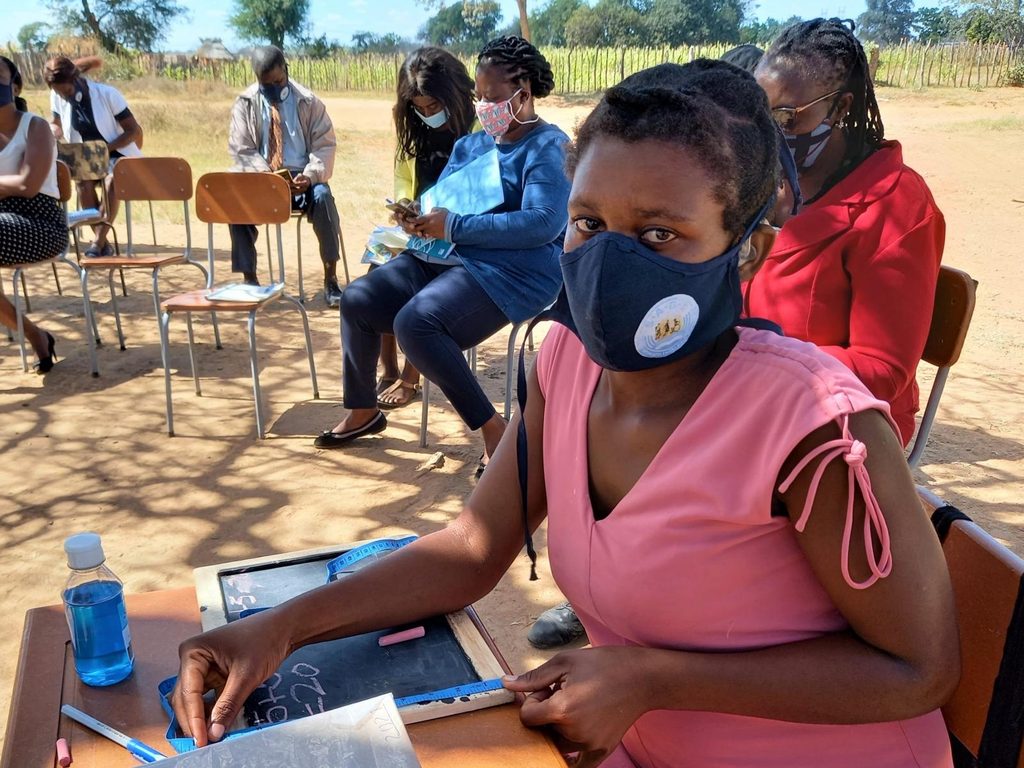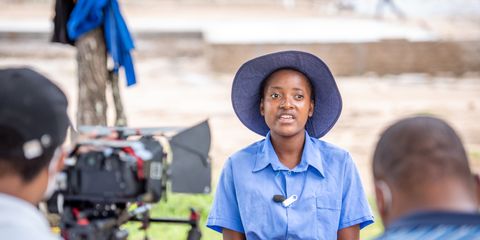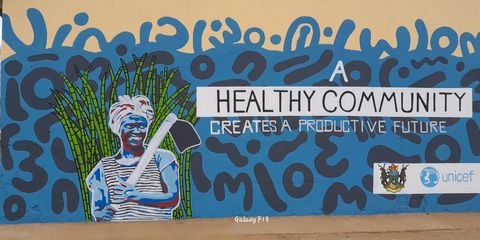6 SEPTEMBER 2021
Plan International Zimbabwe’s Obert Chigodora suggests steps needed to ensure equitable and inclusive education for all children in Zimbabwe.

Most governments have made tremendous efforts to ensure universal access to basic education for all.
Yet globally over 258 million children and youth are out of school, with girls constituting 75% of those who may not set foot in a classroom (UNESCO, 2019). The key question therefore becomes, what needs to change to ensure equitable and inclusive education for all?
Imagine a 12 year old out-of-school orphaned girl who is the head of her household and has younger siblings to care for.
She hears news that the government is introducing a policy offering free primary education. She is happy for a moment as the news ignites her hope of being in school again. However, her joy quickly withers away as she faces the reality that she needs to earn money to buy food and look after her siblings.
If you ask about the reason girls are not in school, the cost of education is most often cited as the reason. Not surprisingly, some governments have responded by offering free, basic, primary education. Yet it masks the complexity of the situation that the hardest to reach children face in accessing education.
There is a need to understand the complex factors affecting marginalised children.
The example used during the introduction of this blog illustrates the complex and intersectional factors that not only create barriers to education, but also make these marginalised children invisible.
Some of the practical insights in supporting policy formulation meant to ensure inclusive, universal and equitable access to education are provided below, drawing from the experiences of a girls’ education programme being implemented by Plan International Zimbabwe.
Understanding reasons for being out of school
The most dominant narrative of financial cost as a barrier to education should not be considered as an all-important factor. Efforts should be made to understand the other barriers to surface the intersectionality of factors.
This is not just an overnight process. It takes trust to get such insights and an in-depth appreciation of the situation of marginalised children.
Having worked with the hardest to reach girls over the past 3 years has allowed some level of immersion which has enhanced the project’s understanding of these complexities.
Participation of marginalised girls in policy formulation
Education policies should be well-meaning in the sense of actively including the participation of marginalised children in their formulation.
An opportunity for them to share their experiences should be central to the process. This should include putting in place mechanisms to support children to actively participate in research and leading the process.
Policy makers must be bold enough to address all the issues, however complex, as opposed to pursuing easier solutions.
Equality and Inclusion in policies
A one size fits all approach to policy does not yield the desired results. There is a need to understand the complex factors affecting marginalised children.
Key questions to be asked include:
- Which factors affect children the most?
- Which children are affected by each factor?
- What are the characteristics or profiles of the affected children?
It is only through this understanding that clear policy can come together with targeted programmes to have a positive impact.
Incorporating gender and inclusion when analysing why children are not in school shows that not all pupils may be supported effectively through mainstream education. In many cases opportunities to increase access to education lie within communities.
Whilst community involvement in education-related matters has always been there through parents’ associations, there is a need for deliberate community structures whose sole responsibility will be to focus on the needs of out of school children.
In the case of Plan International Zimbabwe’s girls’ education programme, the establishment of Hub Development Committees have seen communities organising themselves in supporting out-of-school adolescent girls, without such efforts being clouded by the prejudices and social stigma often associated with out-of-school children.
In conclusion, investments in non-formal education should remain a top priority for policy makers by broadening the narrative on barriers to education.
Categories: Education


